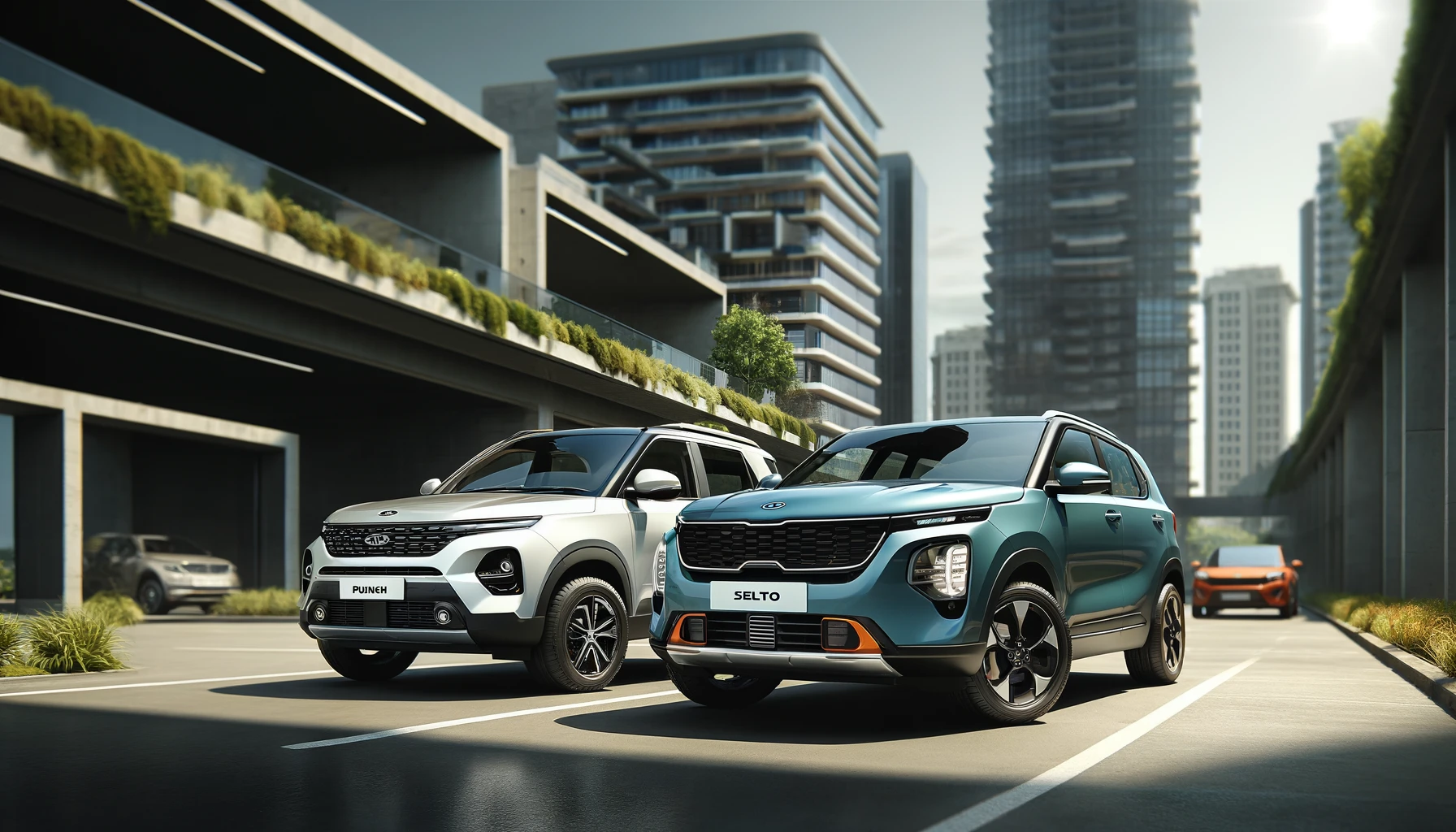For 25 years, the Maruti Wagon R was like a constant star in the night sky of Indian roads—a symbol of affordability, dependability, and practicality. It seemed invincible, the go-to car for countless Indian families. But just when it seemed like nothing could shake its dominance, a new challenger roared onto the scene and changed everything.
Enter the Tata Punch. A compact SUV with attitude and style, it didn’t just overtake the Wagon R—it flipped the script. When the sales numbers for the first half of the year were announced, Tata Motors’ Punch had sold 1.26 lakh units, pushing the Wagon R down to second place with 1.16 lakh units. The automotive world, which had grown accustomed to seeing Maruti on top, was stunned. According to Autocar and JATO Dynamics, it wasn’t just about the numbers—it was the fact that the Wagon R had been India’s top-selling car for three consecutive years. Tata had done what many thought was impossible: dethroned the king.
But this was more than just a sales victory. It was a sign of something deeper—a revolution brewing on India’s roads. The Punch, despite being a sub-compact SUV, struck a chord with Indian buyers hungry for something fresh. Gone were the days when hatchbacks and sedans dominated every driveway. Now, a new desire was taking hold—the need for the power, style, and higher driving position that only an SUV could offer. And the Punch delivered all of that in a smaller, affordable package.
Following closely, in third place was the Hyundai Creta, another SUV, cementing the fact that India was turning into an SUV nation. The Punch may have been small, but the Creta, a mid-size SUV, spoke to those seeking more space and luxury. The road ahead was becoming clear: SUVs of every size and budget were taking over.
Then, just as Maruti might have been reeling from Punch’s victory, they dropped their own bombshell. In August, their SUV—the Brezza—achieved its highest sales figures ever. It was as if Maruti, a seasoned champion, had regrouped, ready to join the SUV revolution on its own terms.
How Tata and Kia Are Leading the Charge

This wasn’t just about one or two models stealing the spotlight. It was about a tectonic shift in what Indian buyers wanted from their cars. For decades, Indian families preferred hatchbacks and sedans for city driving, valuing compactness and affordability. But now, something had changed. Buyers were craving the versatility and rugged style that SUVs offered, and automakers were responding in kind. Compact SUVs, priced between ₹6 lakh and ₹15 lakh, and mid-size SUVs, ranging from ₹10 lakh to ₹25 lakh, were capturing the attention of families across the country.
Tata Motors had a front-row seat to this shift, becoming a turnaround story of its own. The Nexon, Tata’s other SUV, had dominated the market for a long time, and now the Punch was following in its footsteps, proving that Tata had cracked the SUV code. Their transformation wasn’t just a stroke of luck—it was a strategy that had positioned them perfectly for this new era of Indian car ownership.
But Tata wasn’t alone in this SUV rush. Kia Motors, which entered the Indian market in 2019, had hit gold with its first offering, the Seltos. In just four years, Kia had sold an astonishing five lakh Seltos units, with the SUV contributing 55% of the brand’s total sales, both domestic and international. Kia’s success was proof that SUVs were no longer just a trend—they were the future.
A report from consultancy firm Primus Partners backed this up. Their data revealed that utility vehicles (UVs) and SUVs had seen their sales surge by 23% in the last year, even as prices climbed. Meanwhile, traditional passenger cars—sedans and hatchbacks—were losing ground, their sales shrinking by nearly 10%.
The Indian auto market had officially entered a new era. Where hatchbacks once ruled, SUVs were now staking their claim as the family car of choice. Sleek, rugged, and aspirational, these vehicles were becoming symbols of status and style. As more and more Indian roads filled with the shapes of SUVs, it was clear: the future of Indian driving was higher, tougher, and more adventurous. The SUV revolution had arrived—and it was here to stay.
Final Thoughts
A decade ago, Indian roads were ruled by hatchbacks, the affordable choice for city driving. But as incomes have risen and people are hitting the roads more—navigating unpredictable monsoons, rough terrain, and longer journeys—the humble hatchback no longer meets their needs. Today’s drivers crave safety, comfort, and durability, which is why SUVs have taken over. With their rugged design and elevated driving experience, SUVs offer the perfect blend of adventure and reliability, making them the go-to vehicle for modern India’s ever-evolving road challenges.
Fabulous